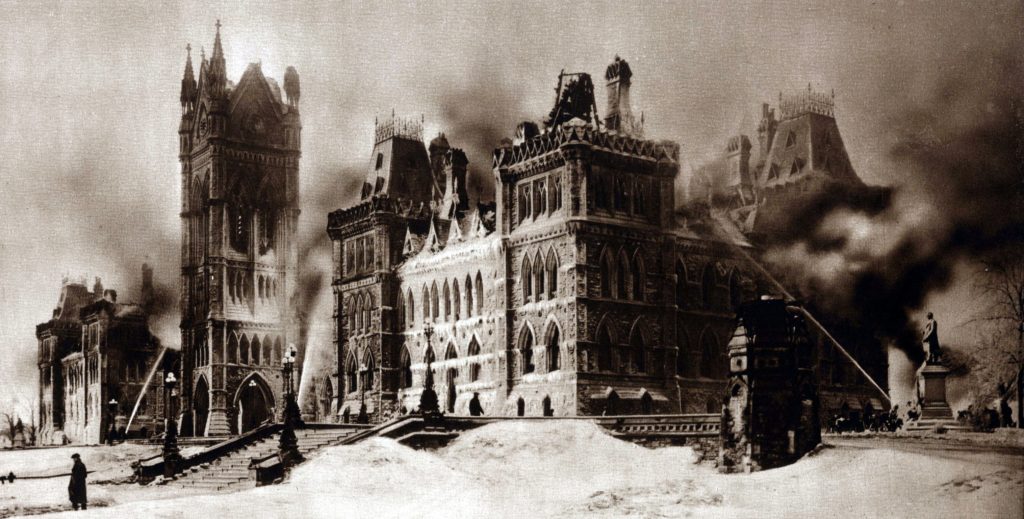Between 2000 and 2012, 70 historical buildings in Germany were lost or damaged due to fire, including the Nuremberg Transport Museum and Weimar’s Anna Amalia Library.
In the UK between 2000 and 2006, seven heritage buildings were lost a month to fire. One of these was a fire at Windsor Castle in 1992, which resulted in restoration costs of £40 million.
When it comes to historical buildings, it can be difficult to ensure they are protected from fires without ruining their unique characteristics and historic importance. New buildings are designed to allow occupants to leave quickly and efficiently in the event of a fire, but historical buildings were built without this consideration in mind.
Modern Prevention Methods
It is a legal requirement for all buildings other than private dwellings to undergo fire safety assessments. This is of particular importance for historical buildings, which require well-structured and carefully implemented fire management plans.
One of the most appropriate safety precautions comes in the form of an Approved Document B (ADB). This takes into account a wide range of fire safety features and sets them against a hazard and risk assessment in each particular case.
Having signage in many different languages is essential for buildings welcoming visitors from overseas. Diagrams showing fire exits and evacuation routes plus fire procedures in a range of languages can help to save lives – professional translation of signage is imperative in this situation.
For historical buildings investing in fire safety, having the most up-to-date hazard information, the latest fire fighting equipment and salvage strategies helps inform the emergency services of how to respond in the event of a fire.
It is important to assess the building, identifying ignition sources, flammable materials and other potential flame points. Removing them or choosing another method of storage can help greatly reduce any risk.
This is something that is essential in historical buildings, as remedial measures can be put in place immediately. These are normally inexpensive and affect the fabric of a building minimally.
Questions to Ask
- Have all electrical features been safety tested?
- Are drapes, curtains and tapestries away from potential fire hazards?
- Is waste material stored properly?
- Are there any smoke shelters away from the building?
- Is signage translated into other languages to ensure that everyone in the building can safely evacuate?
What do you know about fire safety in historical buildings? How do you think some famous fires could have been stopped? Have you seen fire safety information displayed in multiple languages? Share your thoughts with us on Facebook and Twitter


